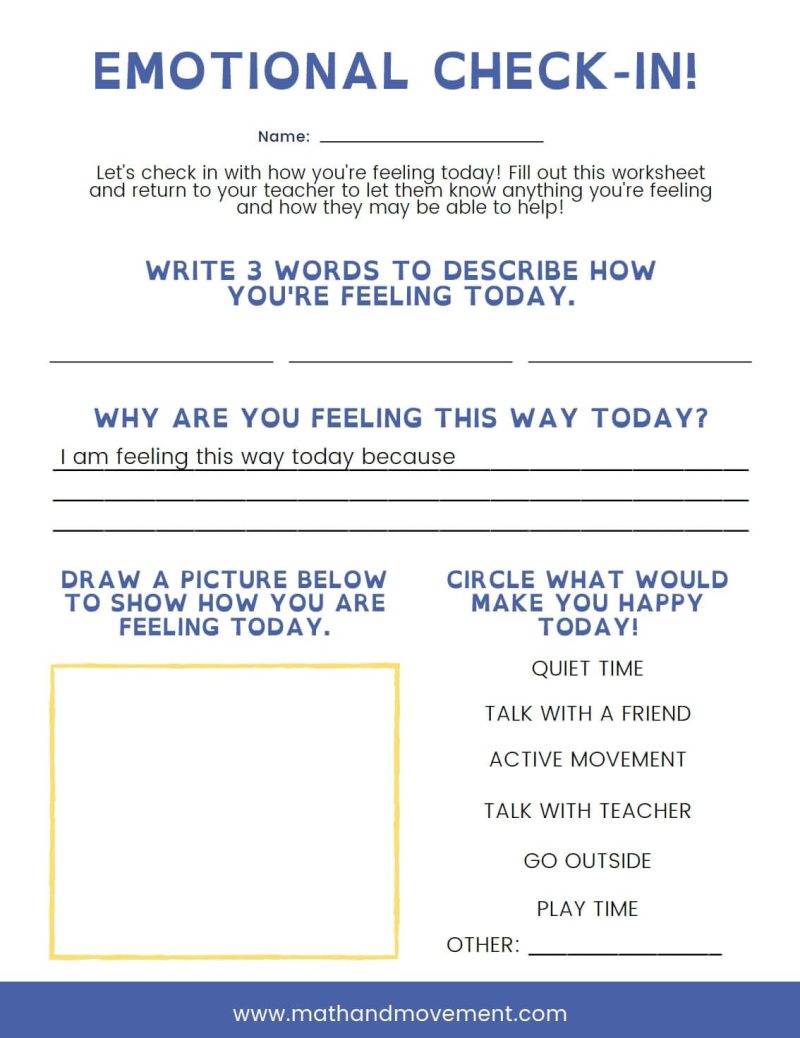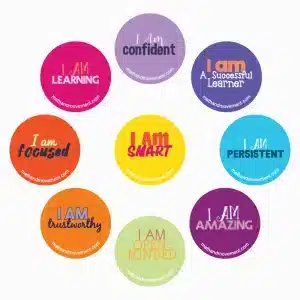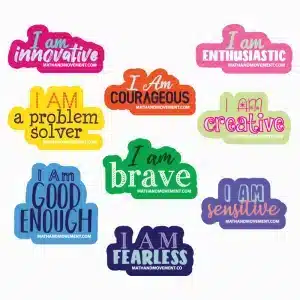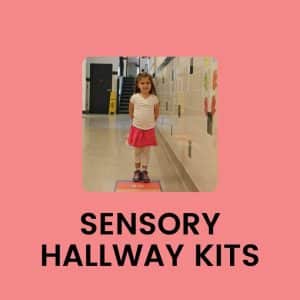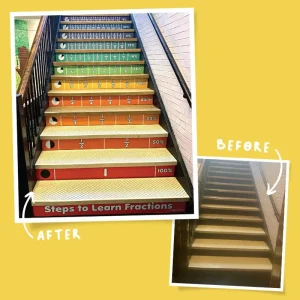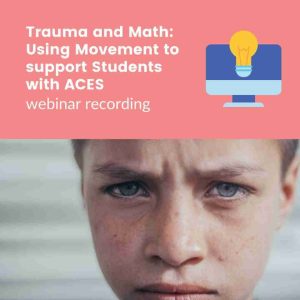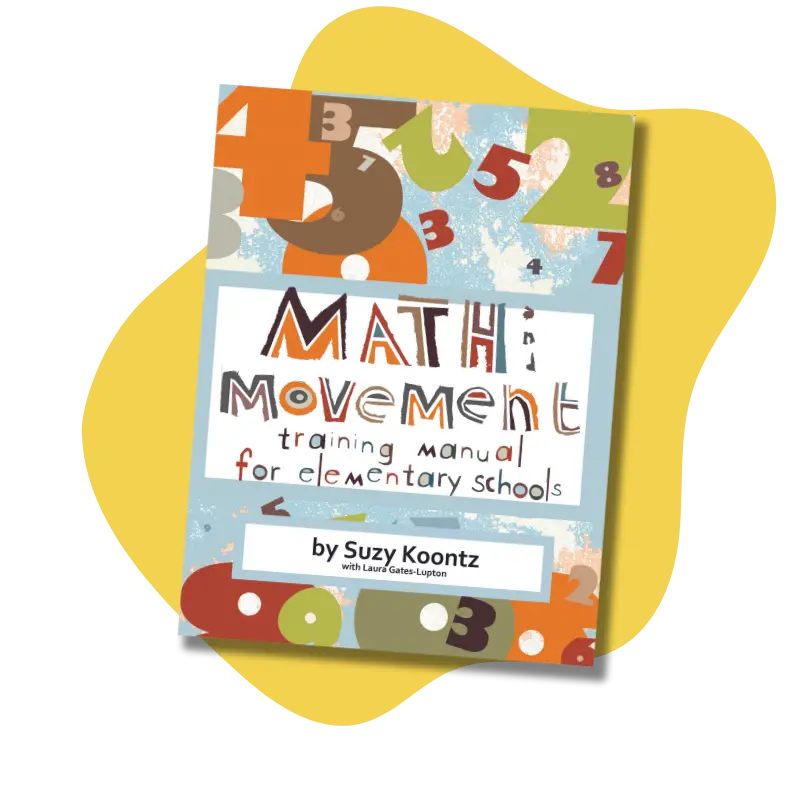“Social-emotional learning is an integral part of education and human development. SEL is the process through which all young people and adults acquire and apply the knowledge, skills, and attitudes to develop healthy identities, manage emotions and achieve personal and collective goals, feel and show empathy for others, establish and maintain supportive relationships, and make responsible and caring decisions.”
The Collaborative for Academic, Social, and Emotional Learning (CASEL)
Social-Emotional Learning
Incorporating SEL in schools has long-lasting and global results. Teaching students at a young age how to manage their emotions, resolve issues, and work together, can positively impact their academic performance, and ability to thrive in their future careers and communities.
SEL also fits into trauma-informed instruction by helping students reduce stress, anxiety, and depression.
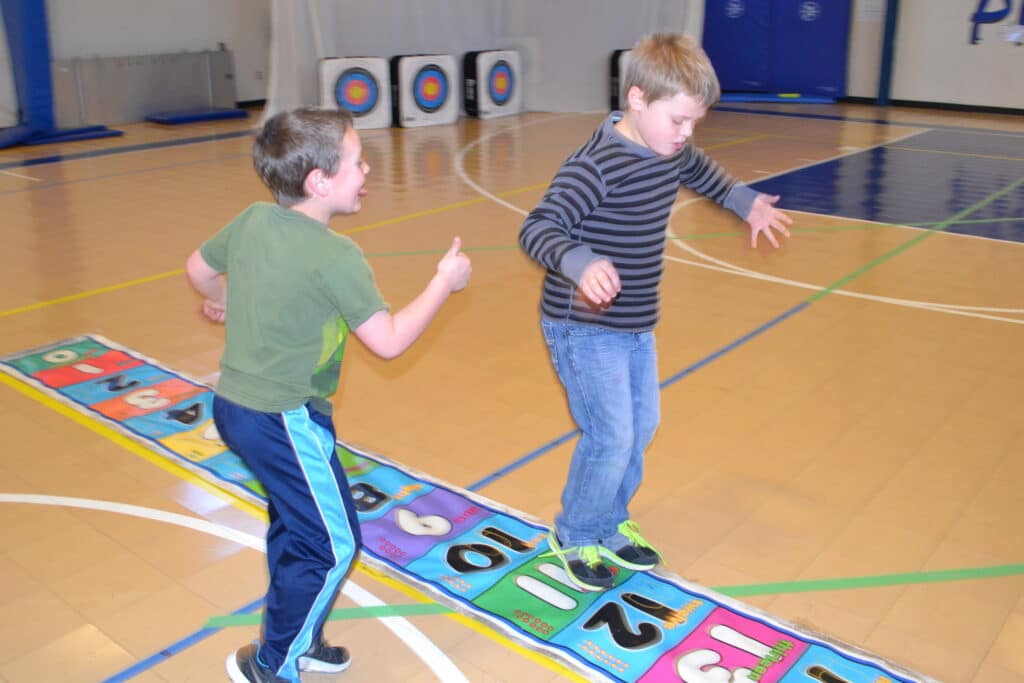
Movement-Based Learning’s Role in SEL
Movement is an amazing vehicle for students to learn social-emotional skills. Our program offers engaging learning opportunities for students that aid in developing their emotional intelligence and social skills. SEL programs are instrumental in addressing the impacts of adverse childhood experiences (ACEs) by fostering an environment where students can learn and grow.
Healing ACEs with Social Emotional Learning
Including social-emotional learning in your classroom can help students reduce toxic stress and increase self-management, responsible decision making, relationship skills, social, and self-awareness, all core principles of CASEL’s core competence areas.
How Does Movement Alleviate the Impact of ACEs?
Adverse Childhood Experiences (ACEs) can limit small proteins called “growth factors,” from being secreted in the brain. These growth factors help maintain plasticity and repair neurons in the developing brain.
The release of one growth factor called brain-derived neurotrophic factor (BDNF) is enhanced by movement!
Increased BDNF levels make our brains less vulnerable to stress. (Notaras & van de Buuse, 2020)
Strengthening neural connections through play and movement is extremely important! The rapidly developing brain is forming one million new neural connections a second during this crucial development period (Harris, 2019).
Learn strategies for including social-emotional learning in your classroom at a Virtual PD for K-5th grade teachers: Trauma and Learning
Math & Movement SEL Curriculum Project
Explore our program options that integrate social-emotional learning with movement-based learning activities.
Join a Training
All teachers receive 10 hours of professional development in movement-based learning with a 6-part virtual training on Trauma and Learning. These sessions equip educators with the tools to implement SEL resources effectively in their classrooms.
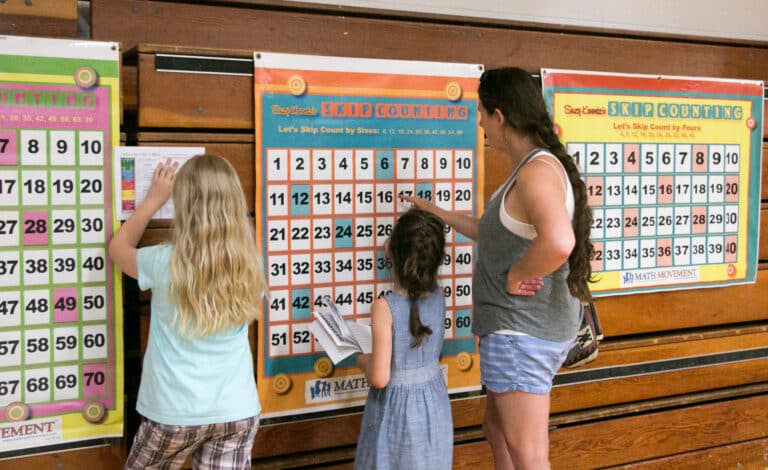
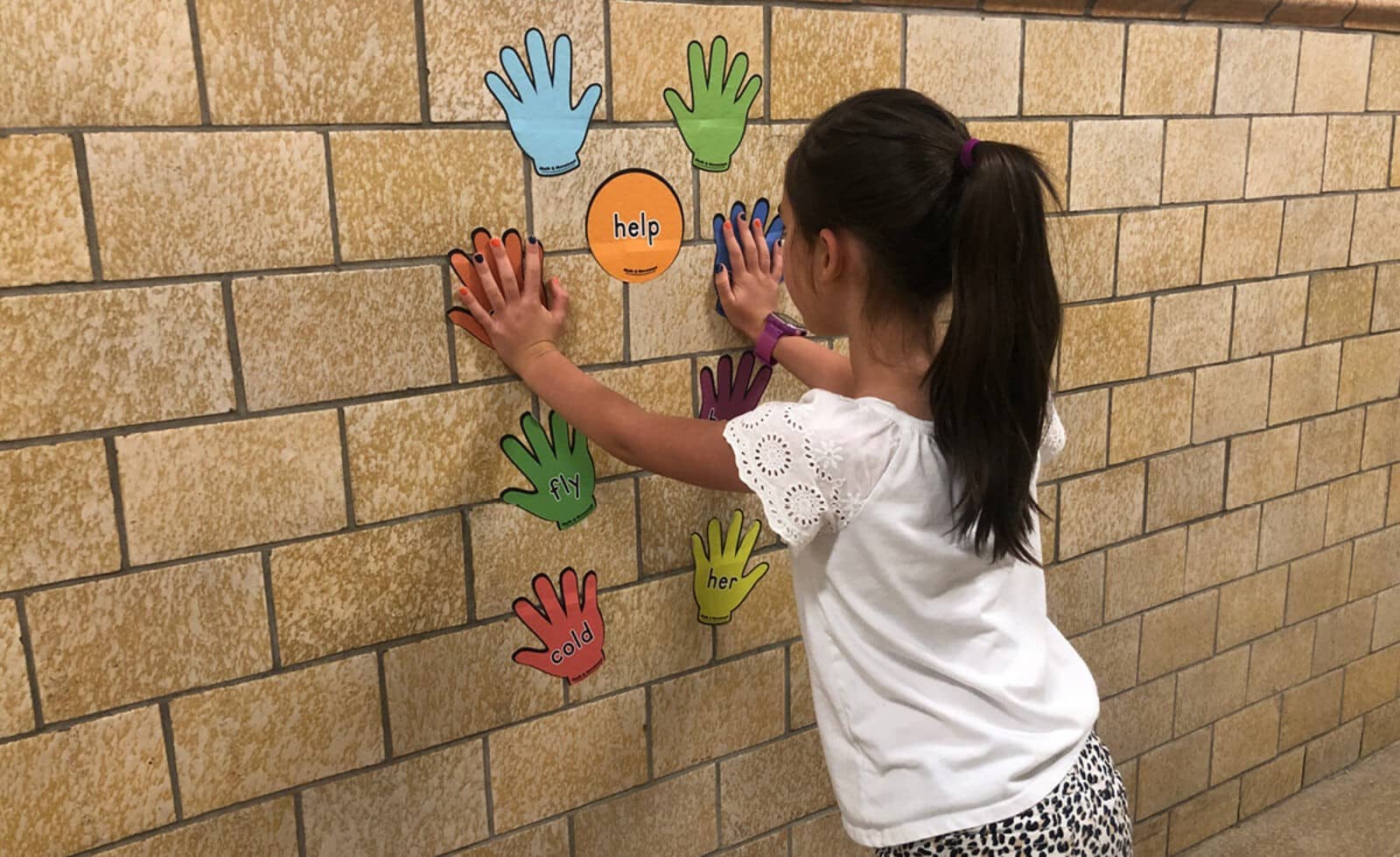
Implement Math, Literacy, and SEL concepts
Include custom-designed sensory hallways with literacy, math, and positive affirmations at your school.
Incorporate Daily Lesson Plans and Activities
Introduce games and activities for teaching core math and literacy concepts. Our activities are designed to enhance social-emotional learning and are aligned to most K-5 classroom state standards. Our activities are also adaptable for special education and English language learners.
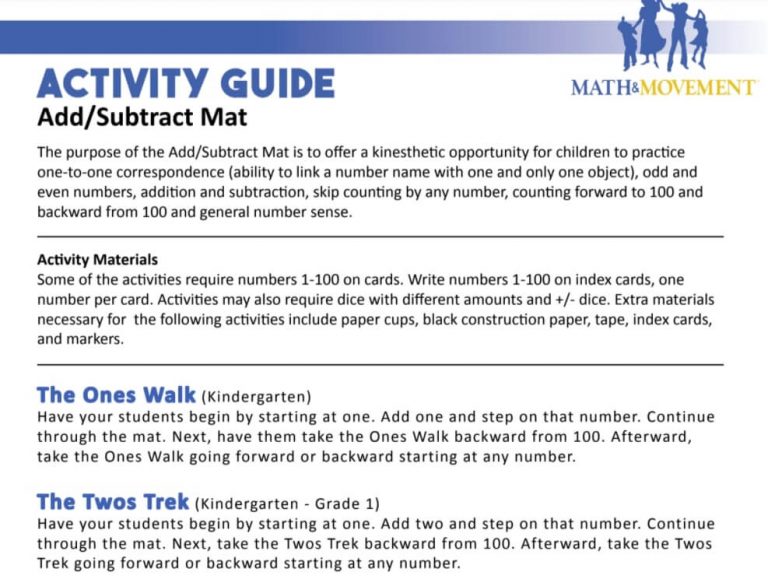
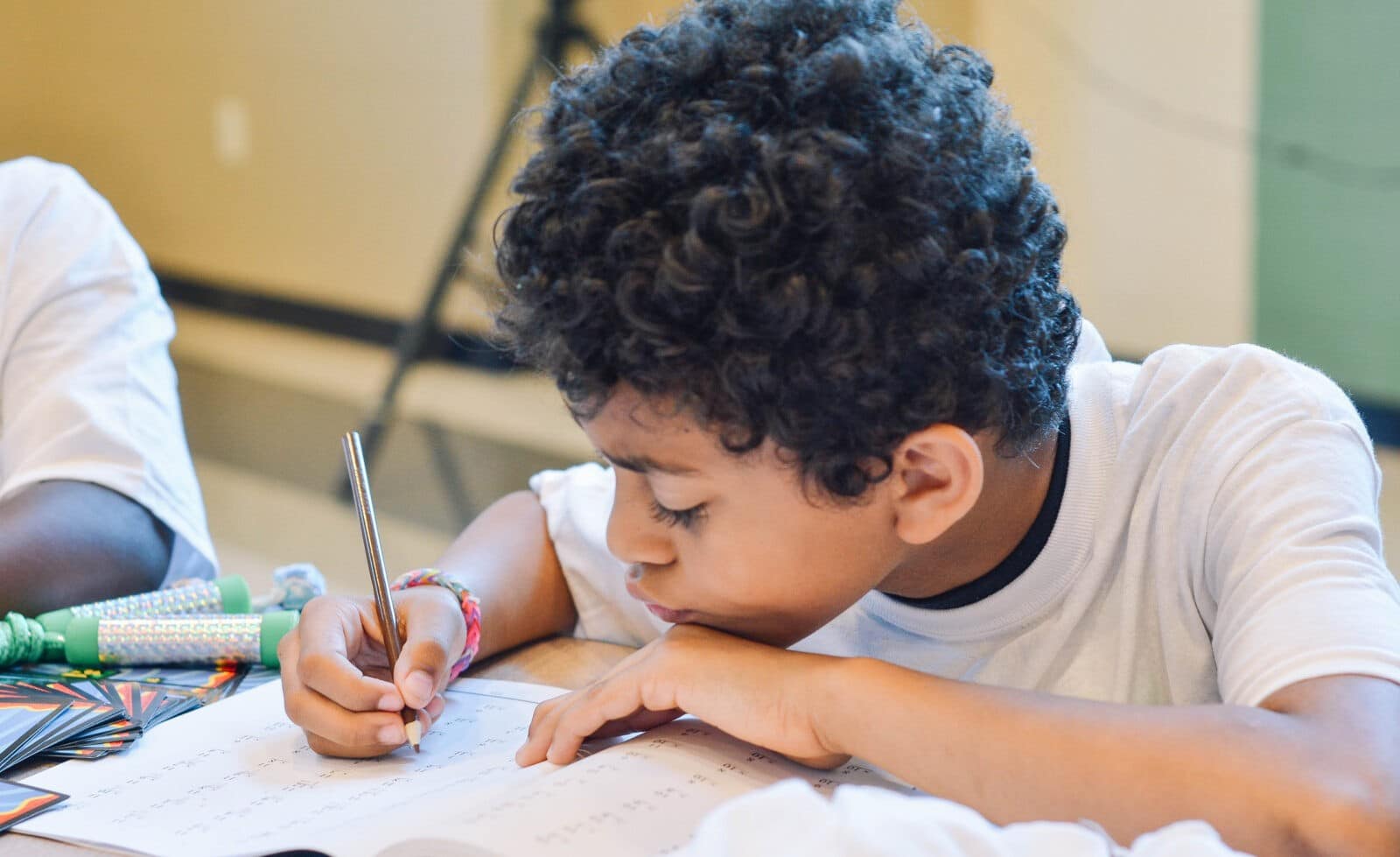
Collect Data
and Research
Show your district and local community the importance of including movement-based learning in your classroom SEL activities.
Check out our grade-level math kits for more movement-based learning ideas!
Current SEL Grants
We want to help you in bringing movement-based learning to your SEL programming. We will update this grant list with current grants supporting social-emotional learning initiatives.
SEL Products
Frequently Asked Questions
How does Math & Movement integrate social-emotional learning into their programs?
Math & Movement integrates social-emotional learning (SEL) into their programs by combining physical activity with academic lessons. This approach allows students to engage their bodies and minds simultaneously, promoting better retention of academic concepts while also fostering social-emotional skills such as cooperation, self-regulation, and problem-solving.
Many of Math & Movement’s activities include working with other classmates to solve academic problems. The program also encourages regularly reciting positive affirmations!
What role does Math & Movement play in enhancing social-emotional learning?
Movement plays a crucial role in enhancing social-emotional learning by providing a dynamic and engaging way for students to develop social-emotional skills. Through activities that require teamwork, problem-solving, and communication, students learn to navigate social interactions, manage their emotions, and build confidence – all while being active.
Why is movement-based learning effective in supporting trauma-informed instruction?
Movement-based learning is effective in supporting trauma-informed instruction because it helps reduce stress and anxiety, which are often heightened in students who have experienced trauma. By incorporating movement, students can better manage their emotions and focus on learning, leading to improved academic outcomes and a greater sense of well-being.
How does Math & Movement help students develop emotional resilience?
Math & Movement helps students develop emotional resilience by encouraging them to persevere through challenges in both academic and physical activities. The program’s emphasis on positive reinforcement, goal setting, and collaborative learning helps students build confidence and develop the emotional tools needed to overcome obstacles.
What is the connection between physical activity and cognitive development in the Math & Movement program?
The connection between physical activity and cognitive development in the Math & Movement program lies in the way movement stimulates brain activity. Physical exercises that are integrated with academic tasks help enhance memory retention, strengthen neural connections, and improve focus. This holistic approach supports both cognitive and emotional growth in students.
How can Math & Movement's SEL offerings benefit special education and English language learners?
Math & Movement’s SEL offerings benefit special education and English language learners by offering adaptable activities that cater to diverse learning needs. The movement-based approach allows these students to engage in learning at their own pace, using physical activity to reinforce academic concepts and social-emotional skills in a supportive and inclusive environment.
What professional development opportunities does Math & Movement offer for educators interested in SEL?
Math & Movement offers professional development opportunities for educators interested in SEL through their virtual training sessions. These sessions provide teachers with the knowledge and tools needed to incorporate movement-based learning and SEL into their classrooms, ensuring that they can effectively support their students’ social, emotional, and academic growth.
How can schools measure the impact of integrating Math & Movement's SEL activities?
Math & Movement offers professional development opportunities for educators interested in SEL through their virtual training sessions. These sessions provide teachers with the knowledge and tools needed to incorporate movement-based learning and SEL into their classrooms, ensuring that they can effectively support their students’ social, emotional, and academic growth.
Interested in bringing an SEL project to your school?

